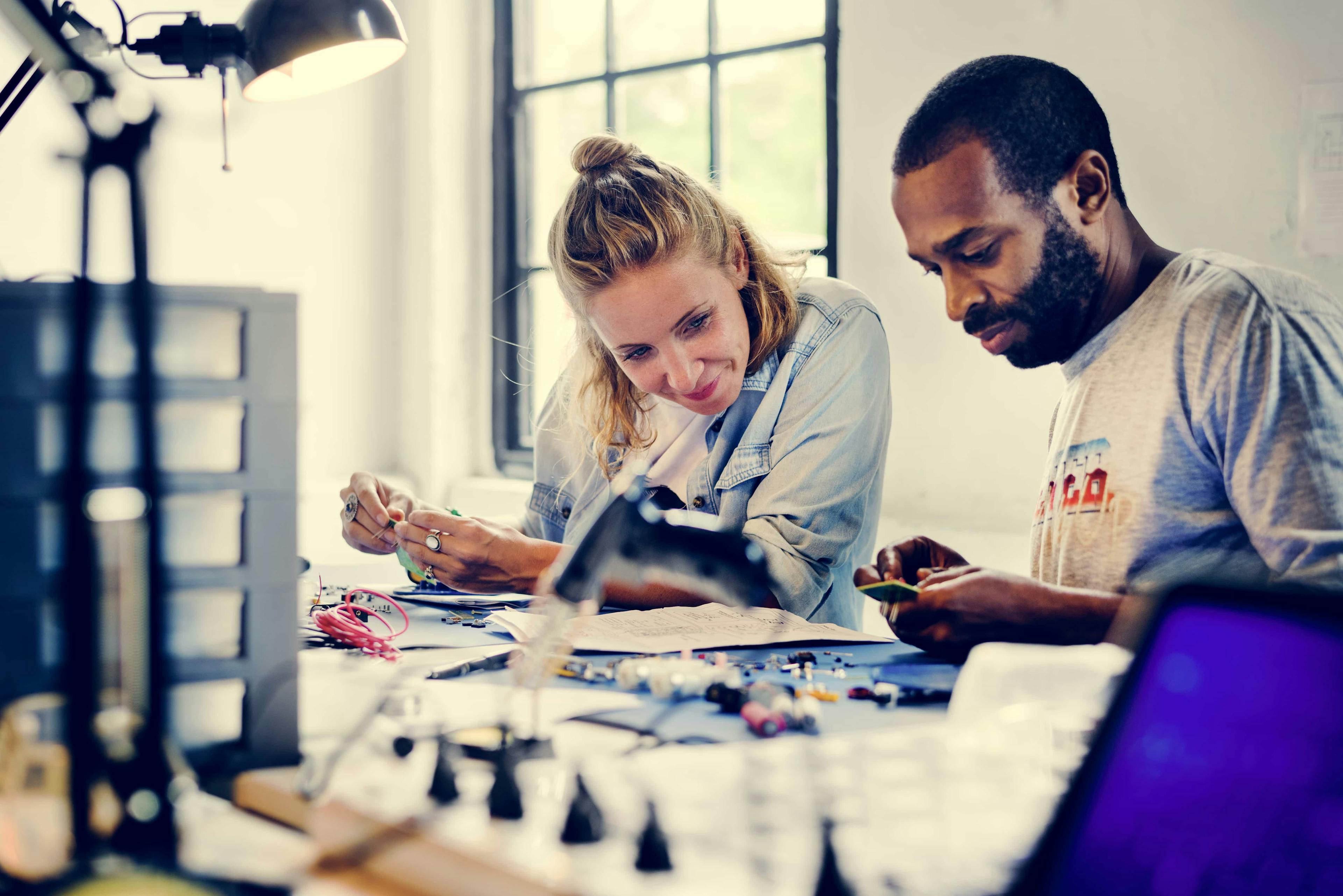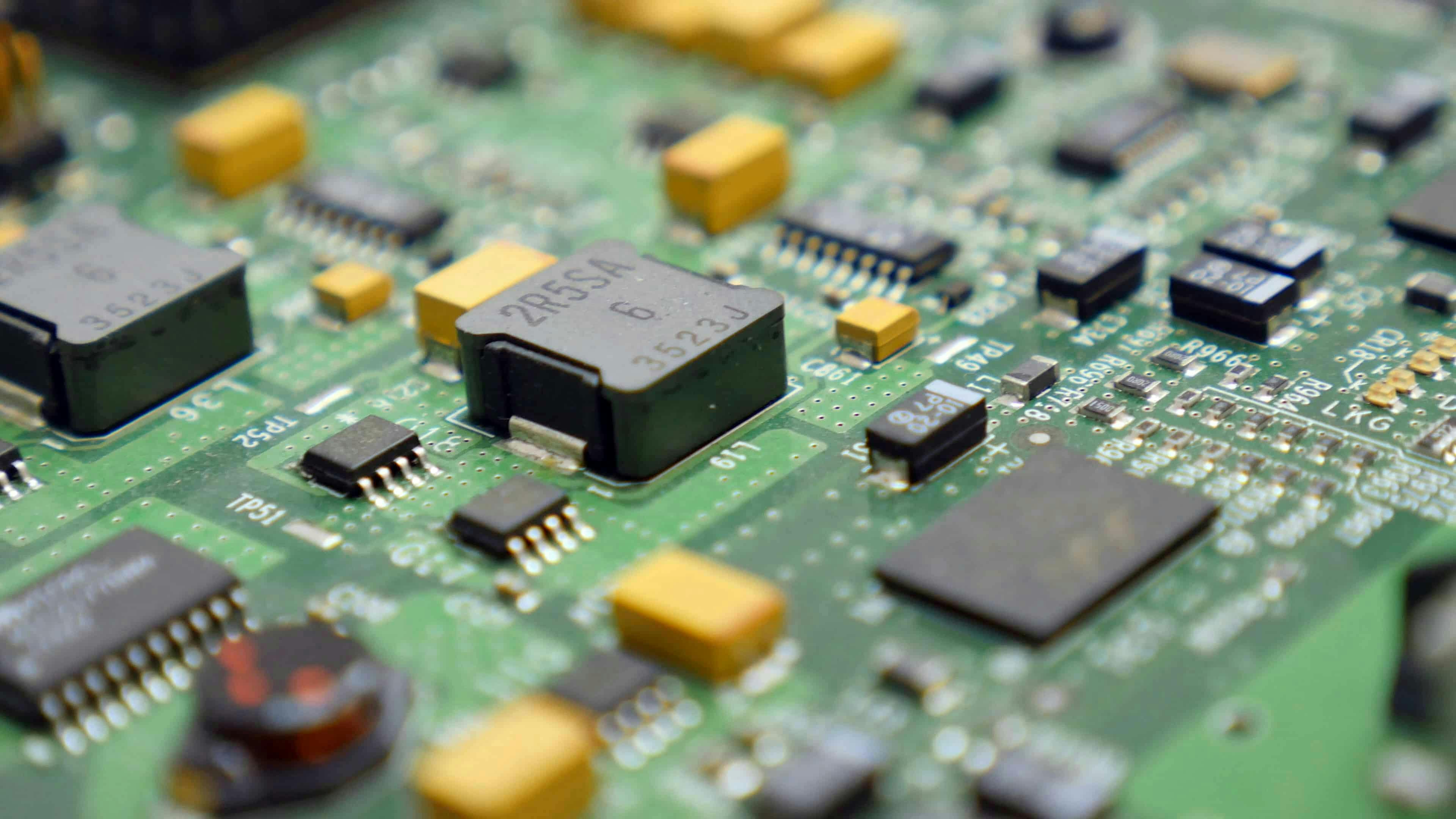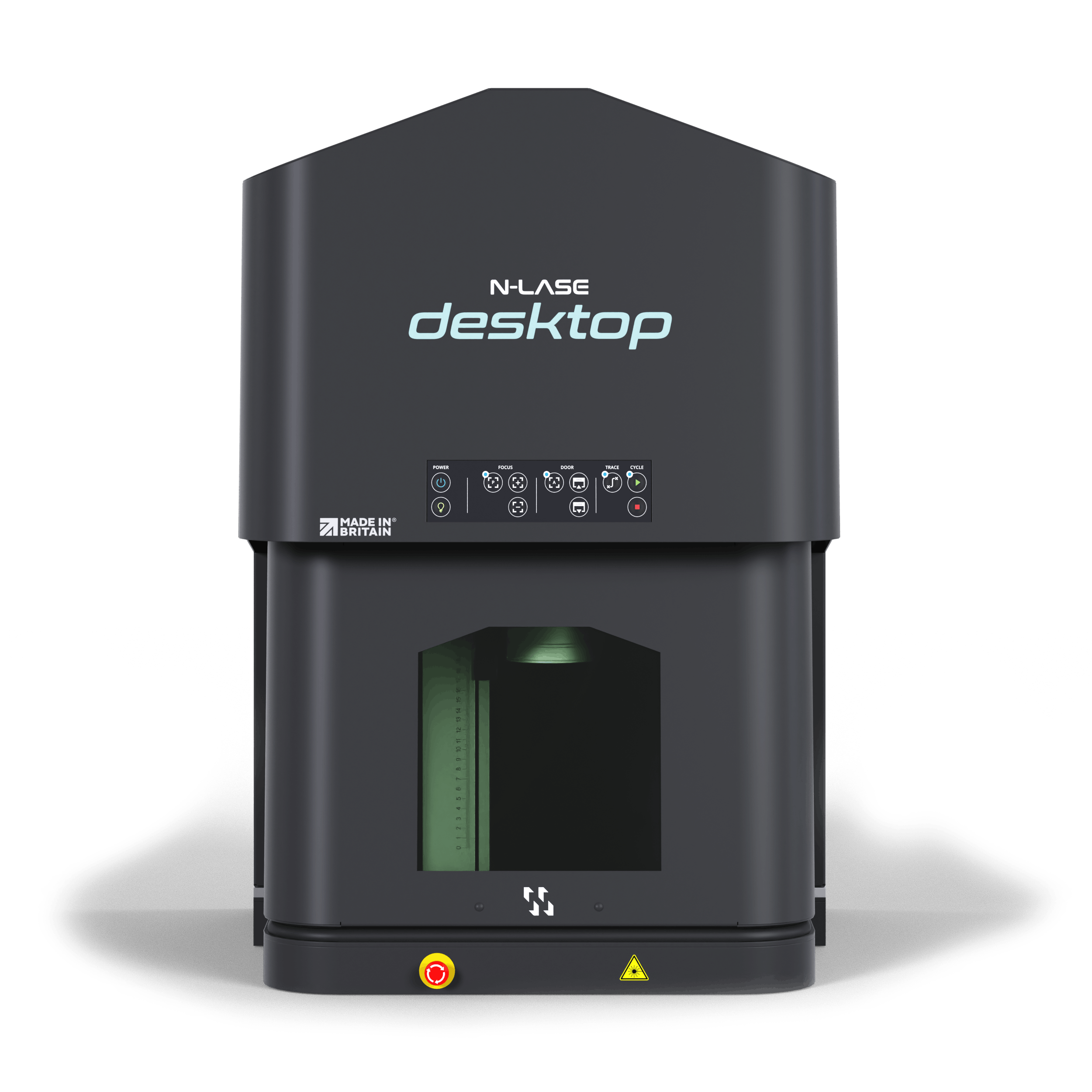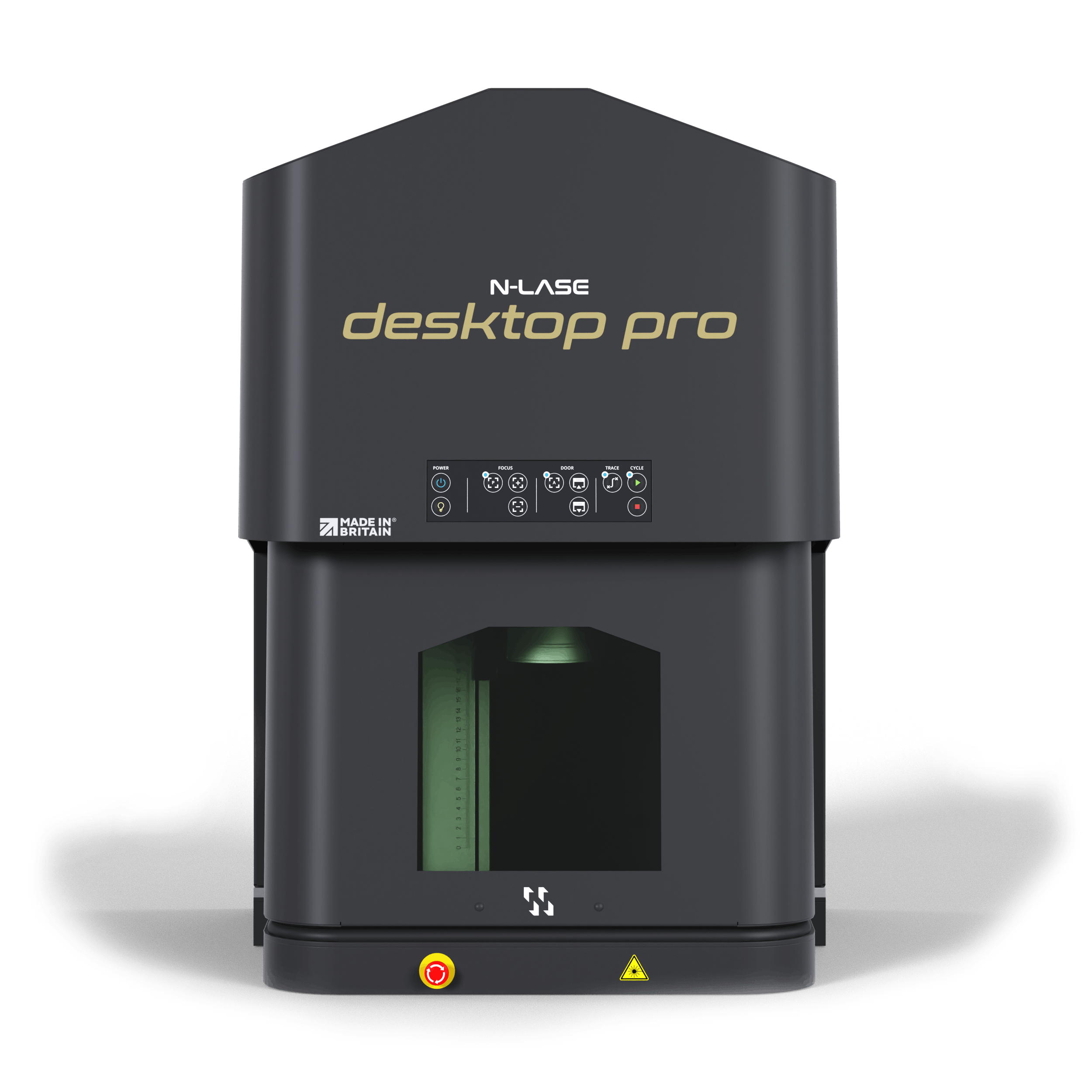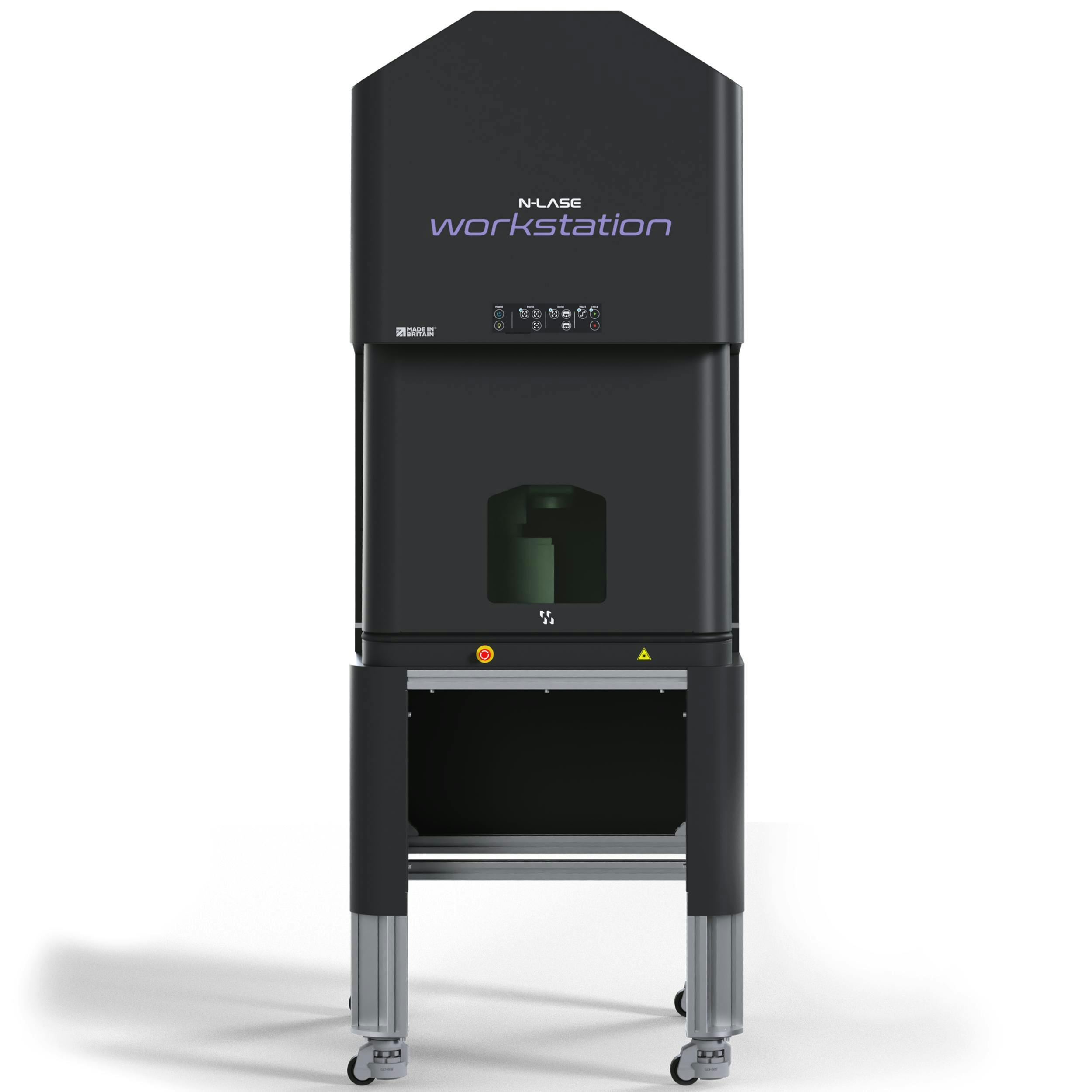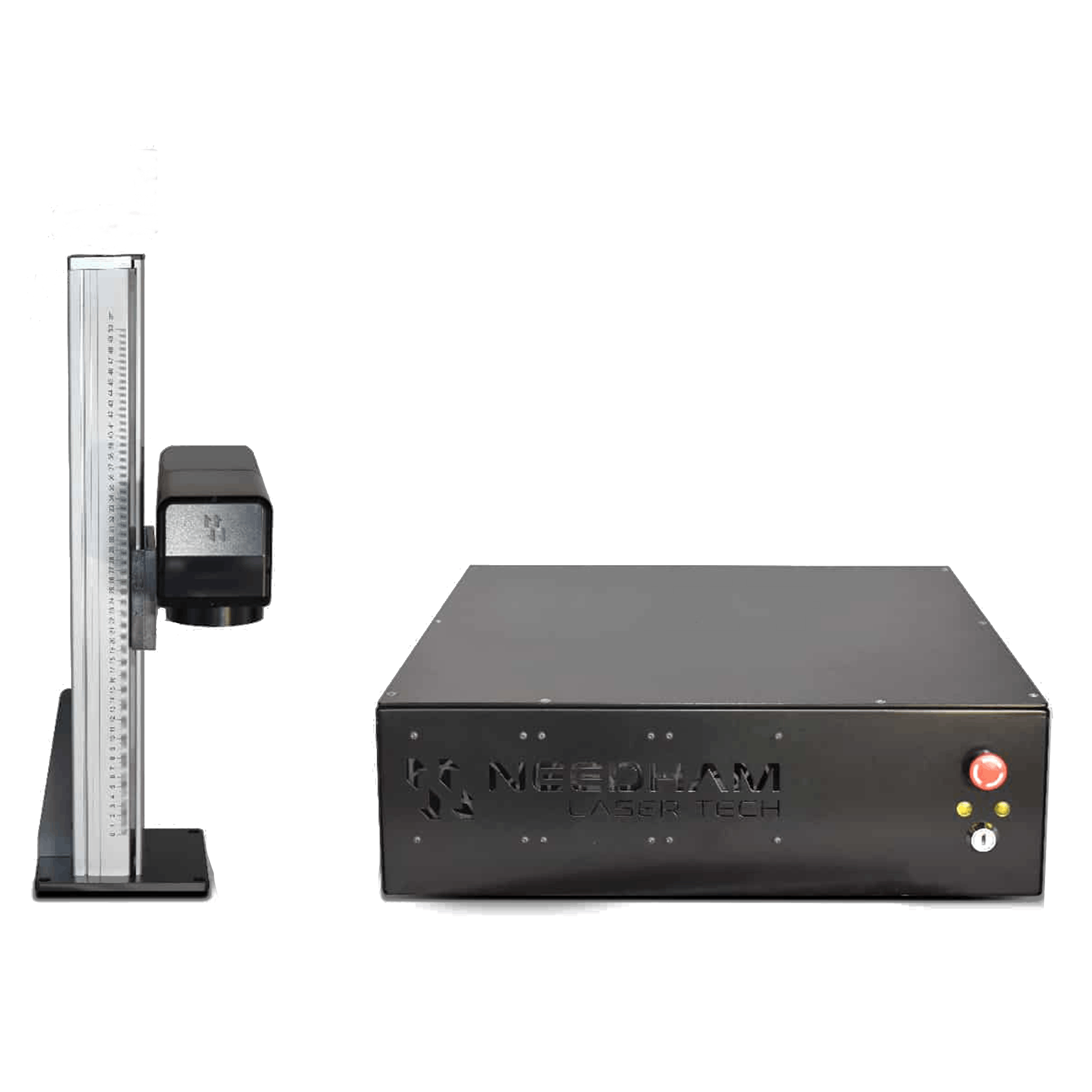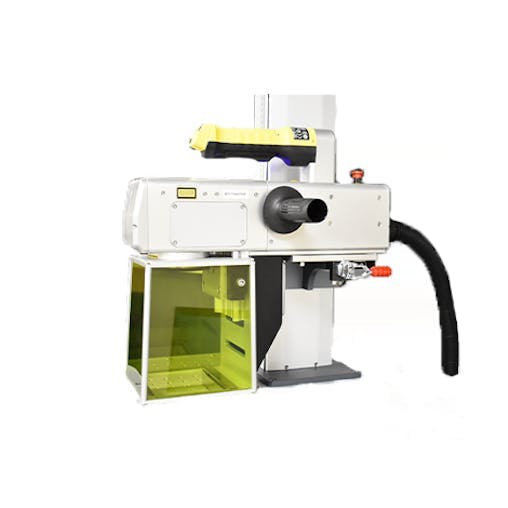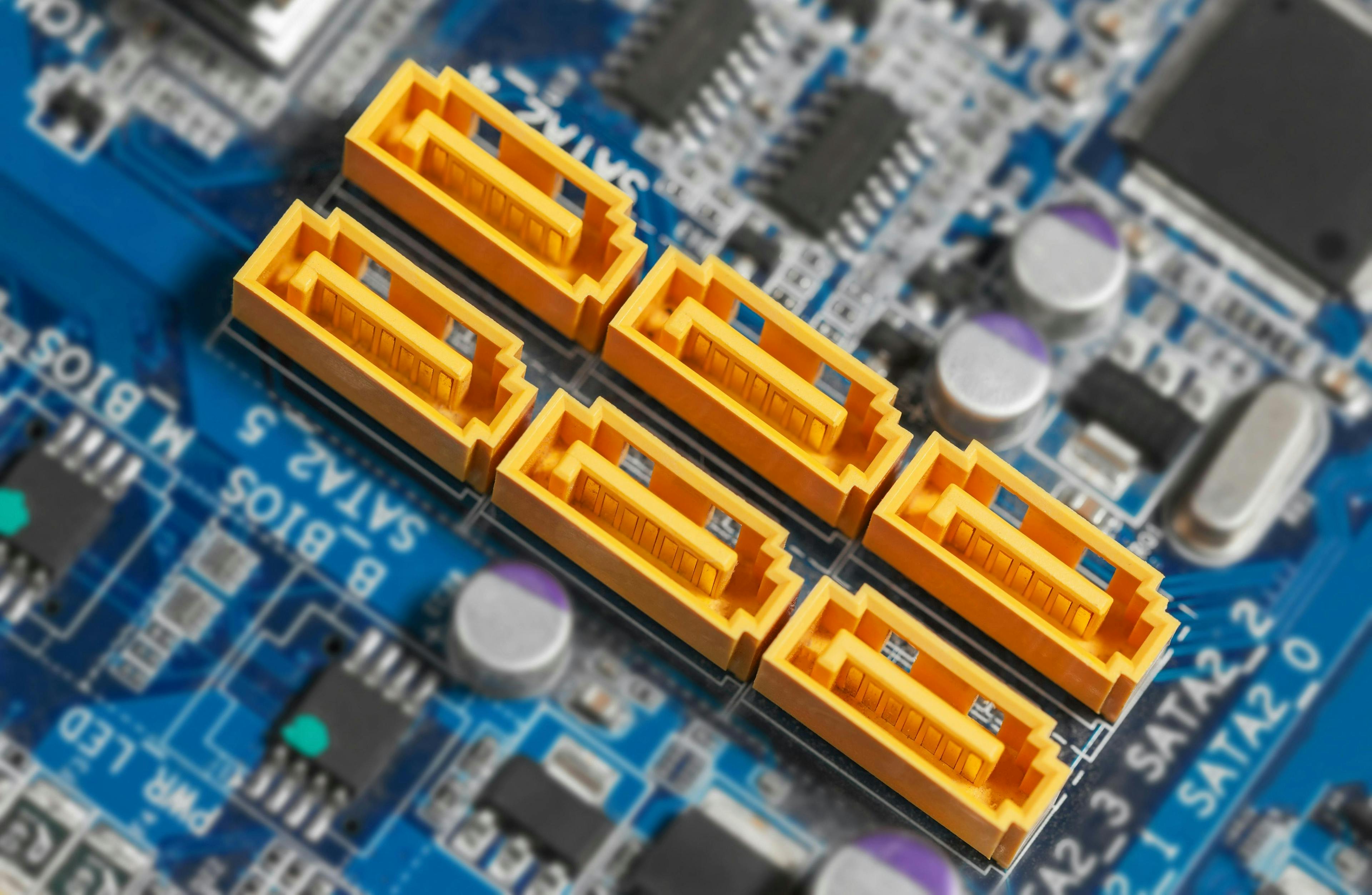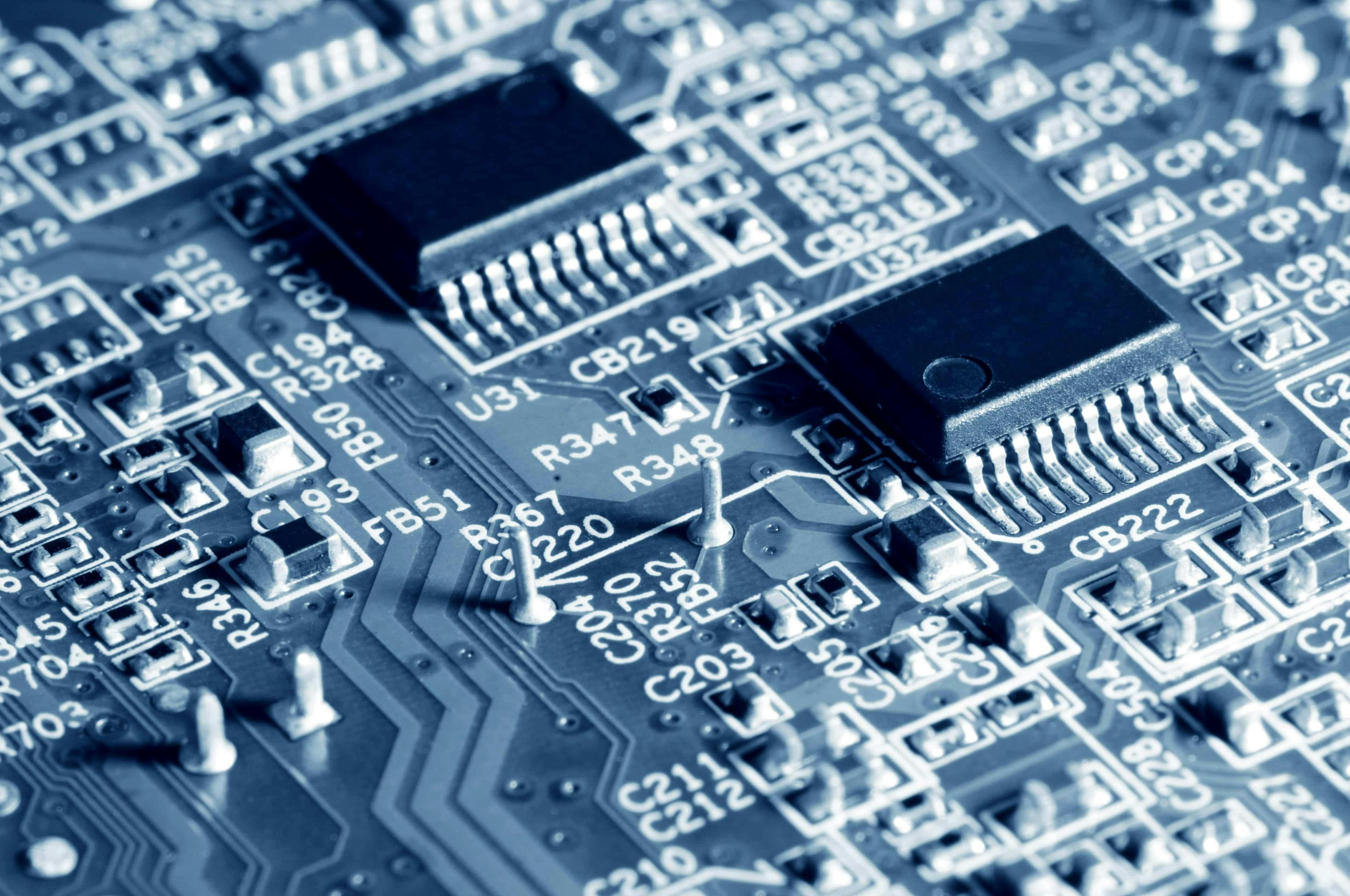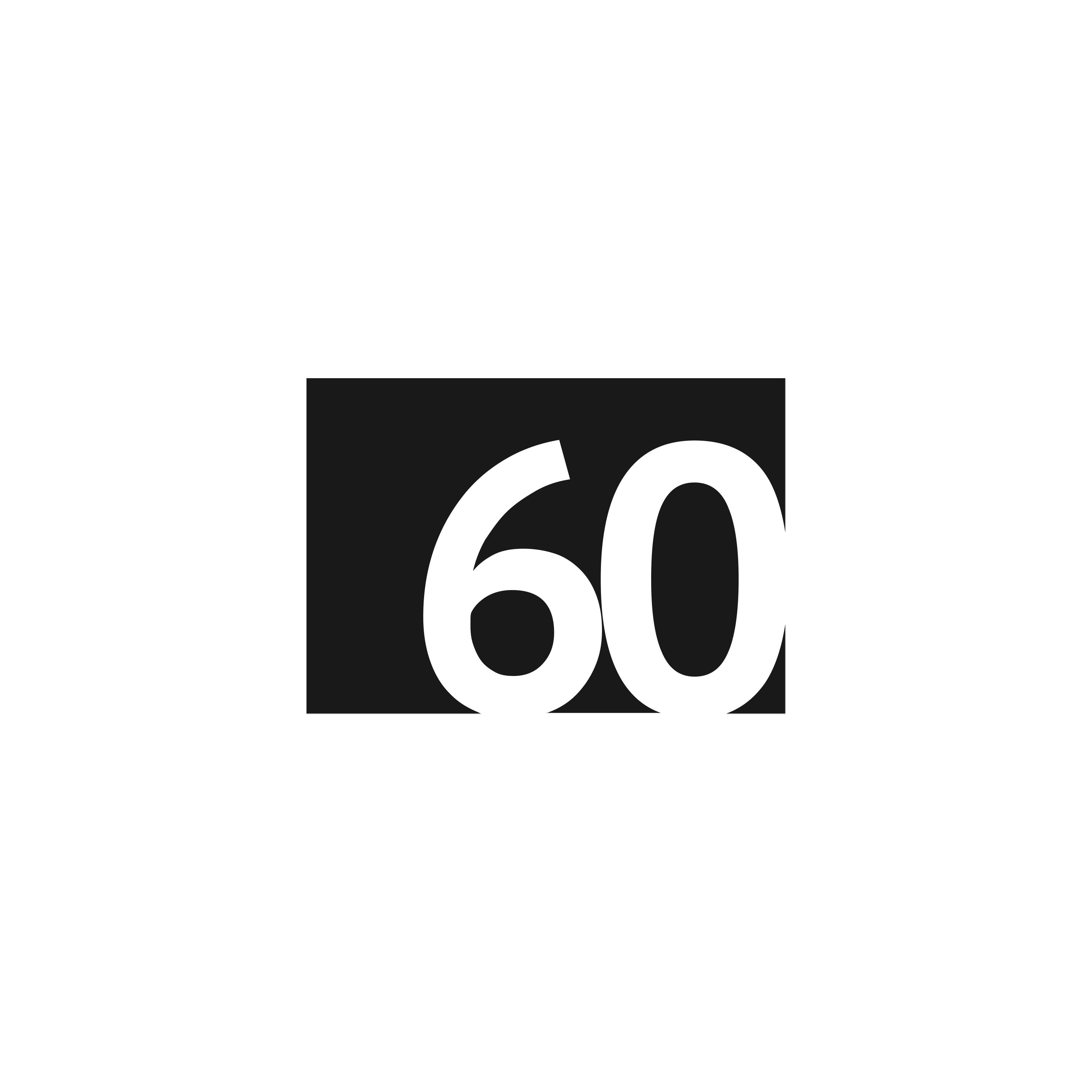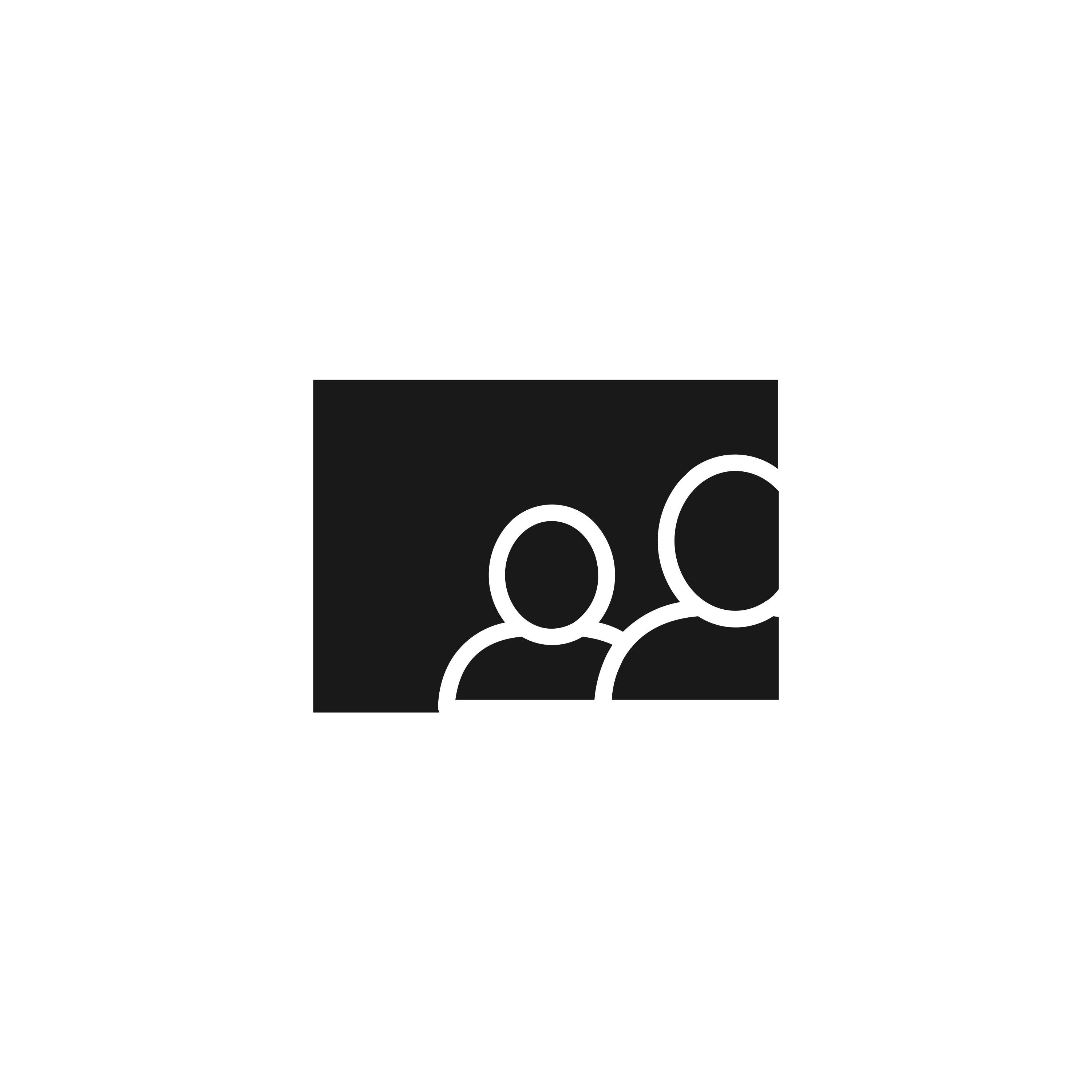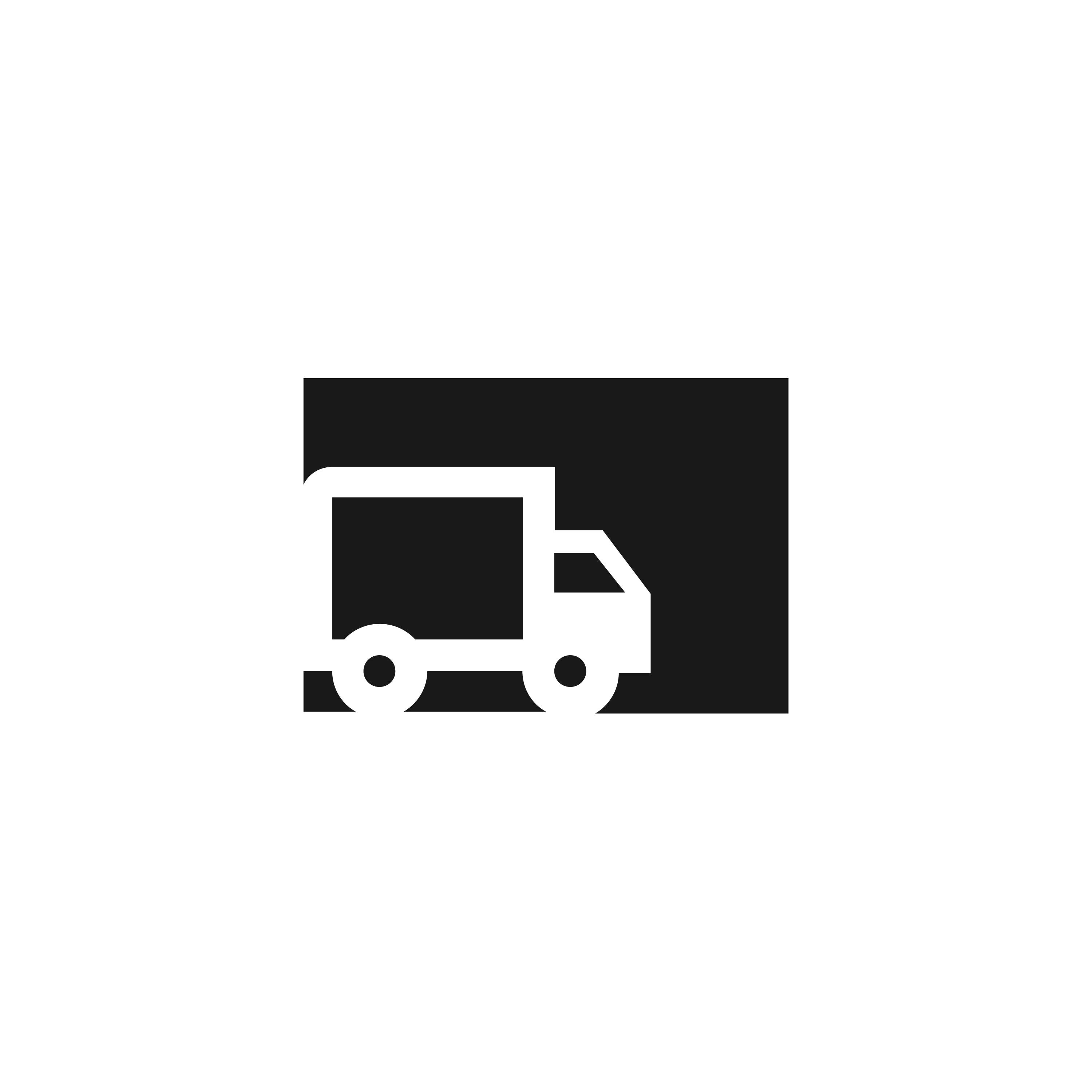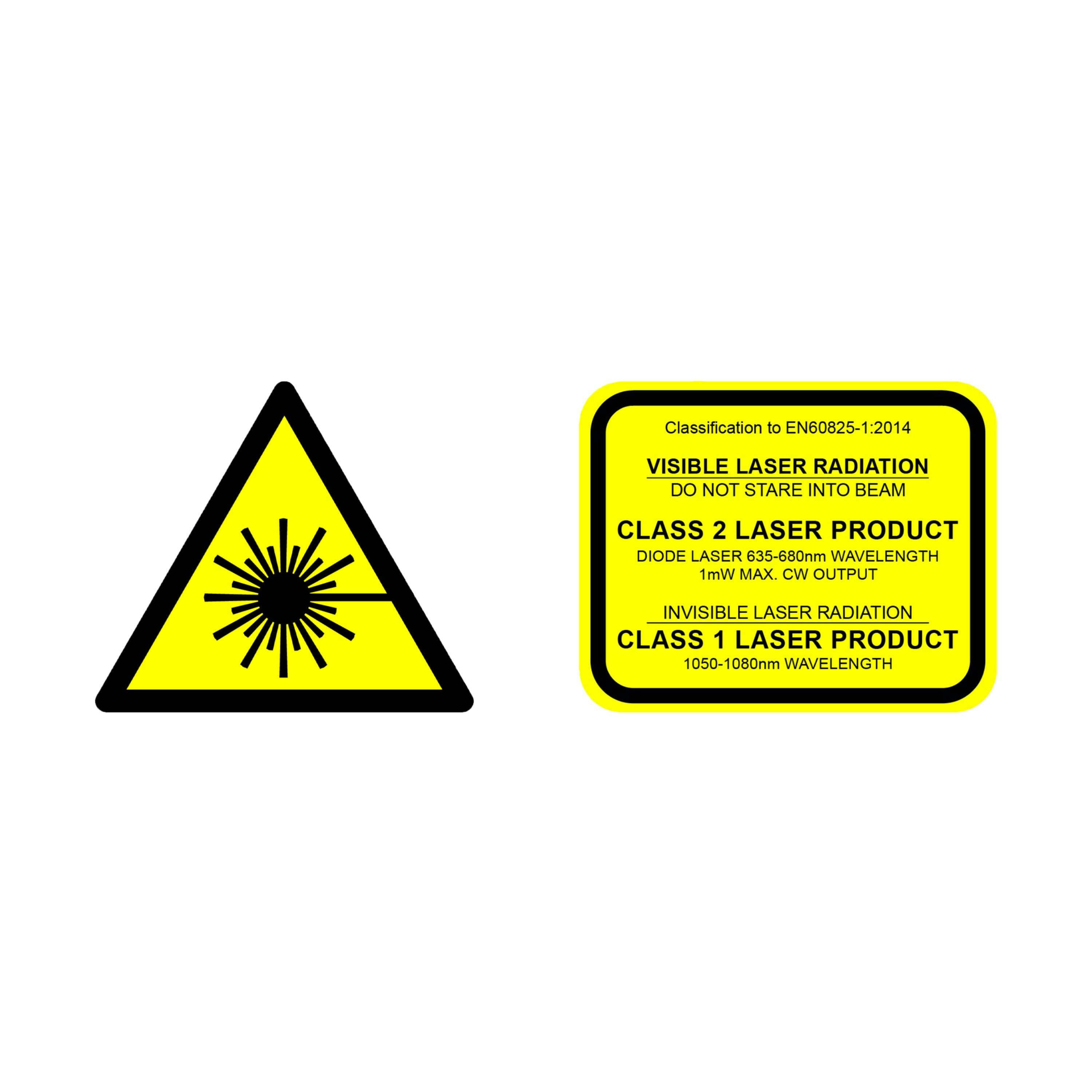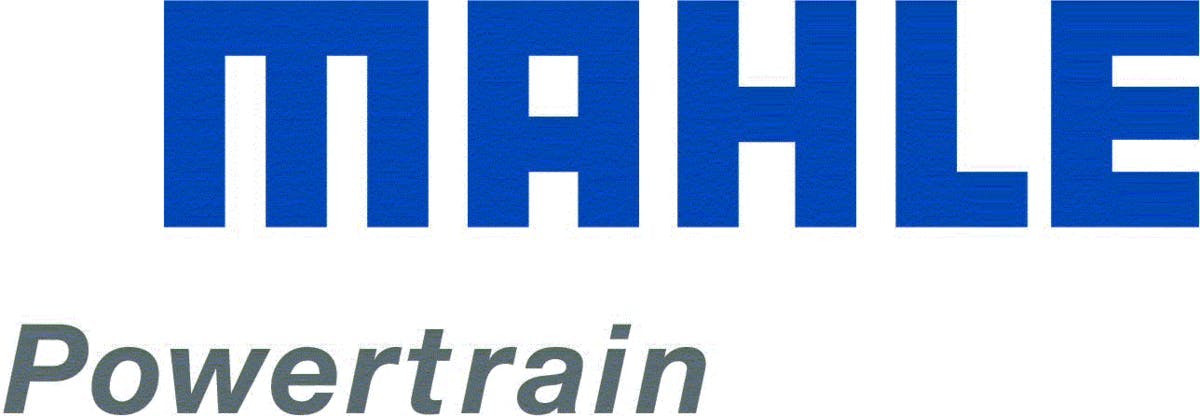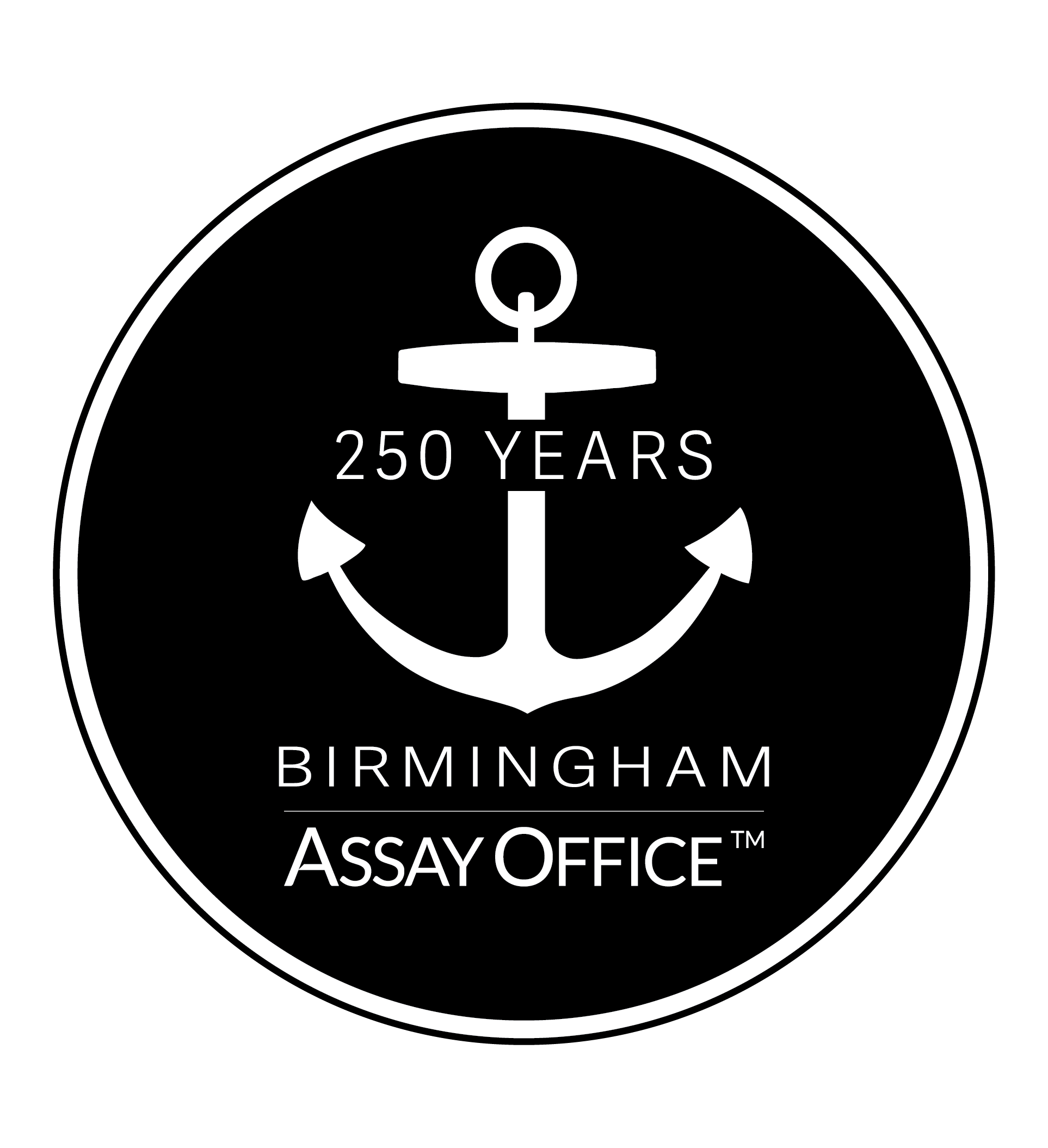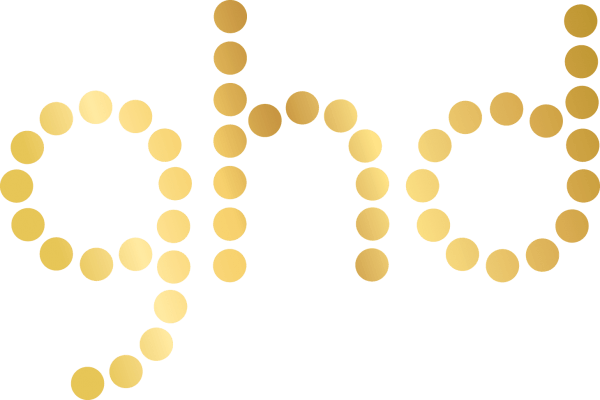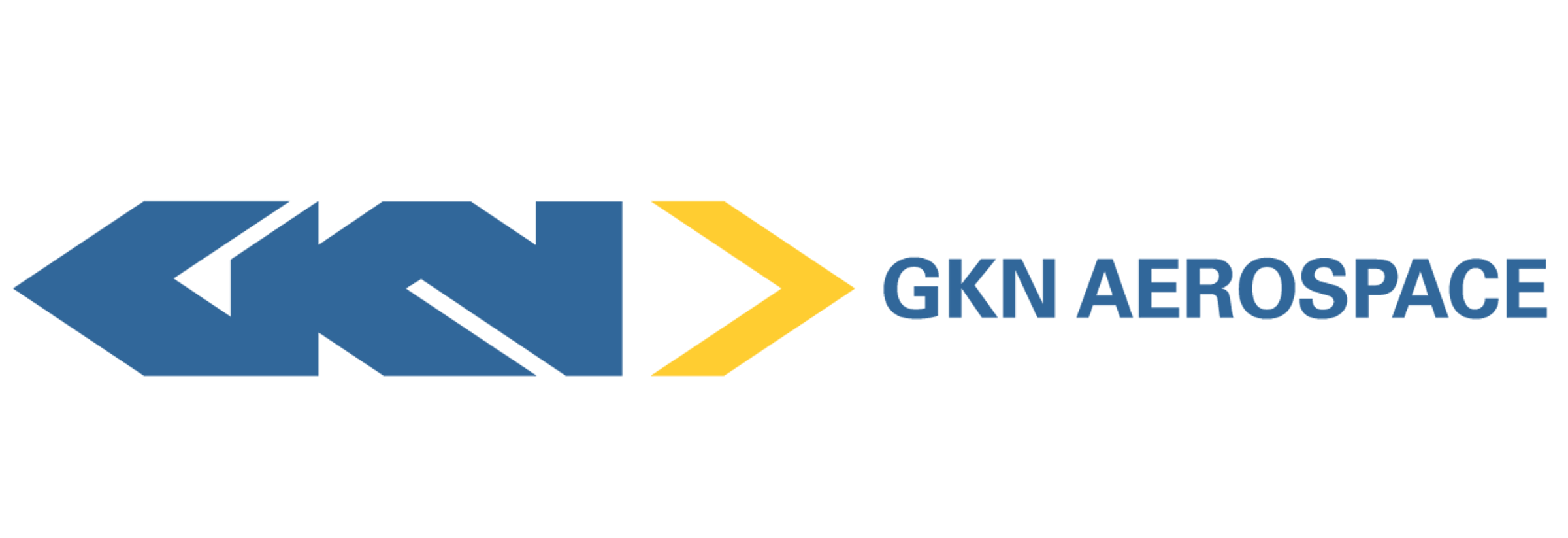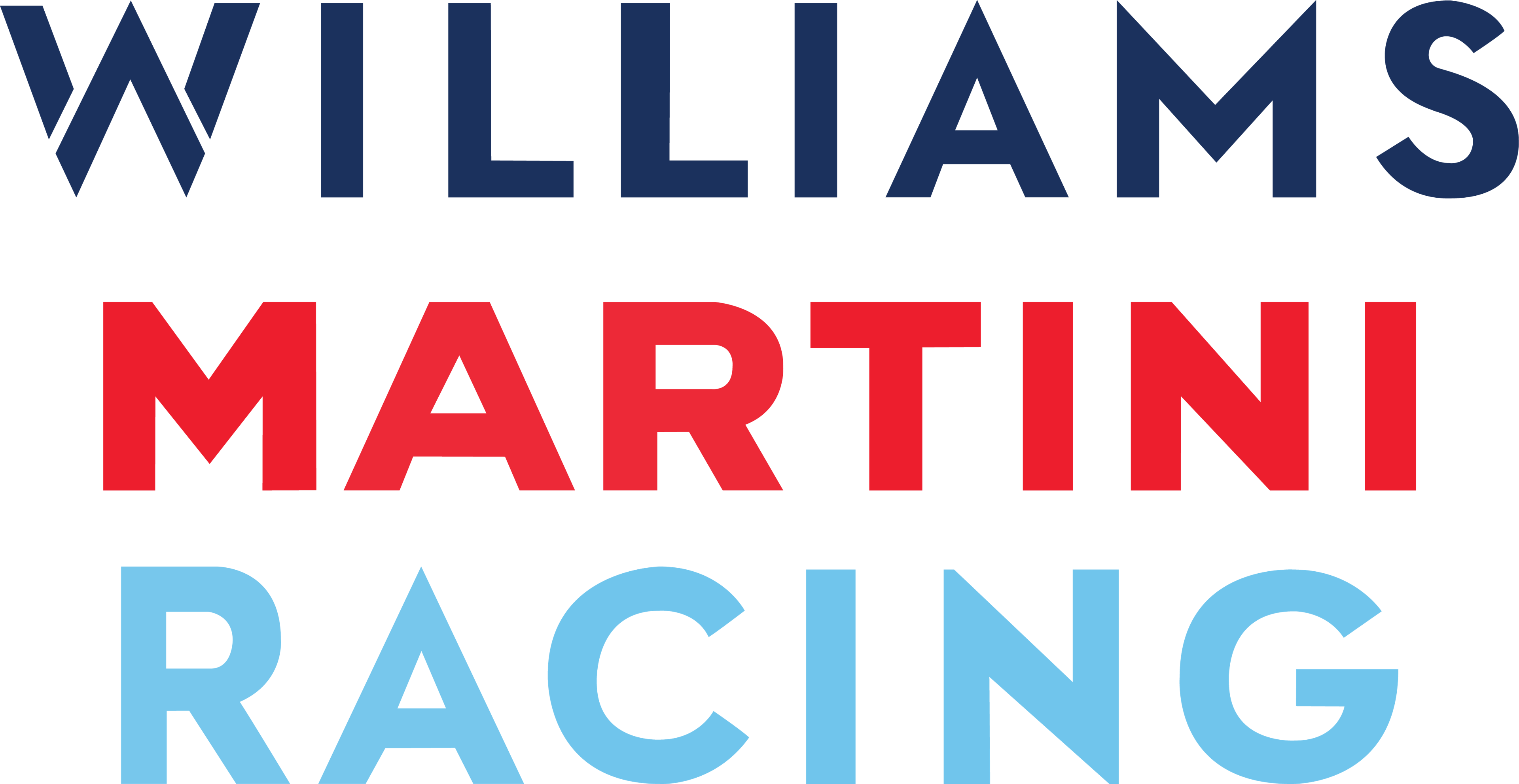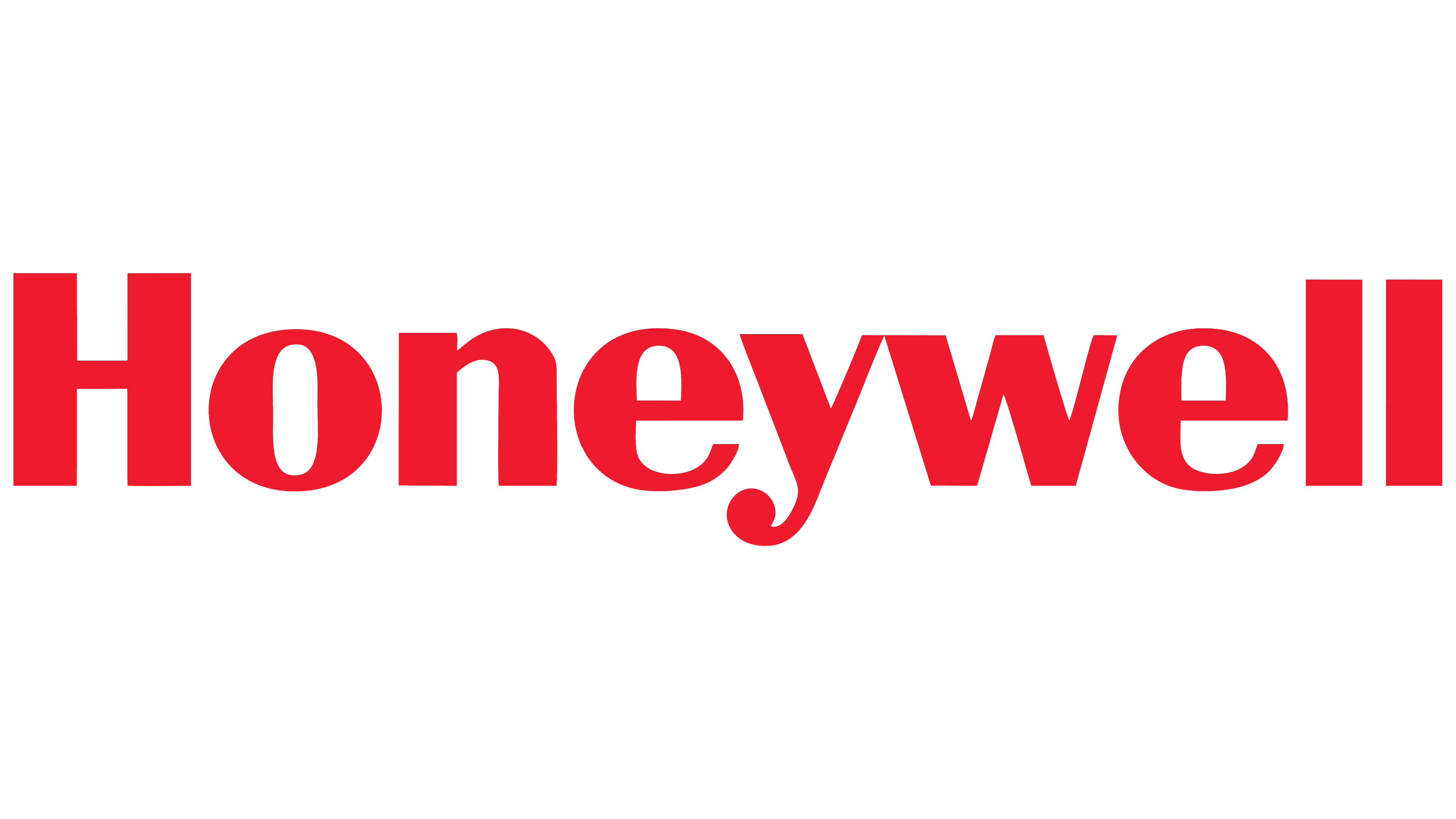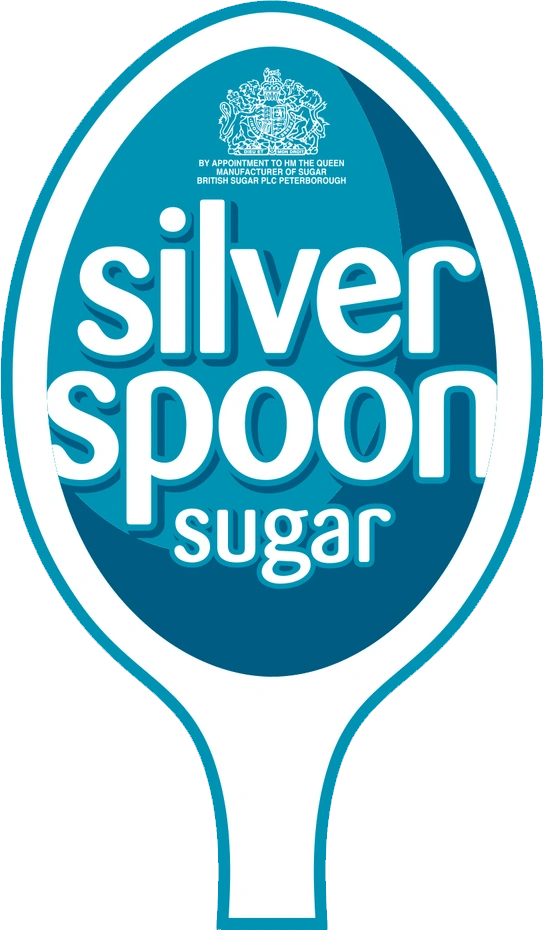PCB laser etching can be achieved with a range of materials, including copper, stainless steel, aluminium, titanium, tin-plated copper and glass epoxy. The choice of material depends on the required performance characteristics for the finished product.
Aluminium is a commonly used material for PCB laser etching as it offers excellent heat dissipation and light reflection properties.
Brass is a popular material for PCBs due to its excellent electrical conductivity, durability, and corrosion resistance. Laser marking is an ideal solution for marking brass PCBs because of its ability to create high-quality, precise markings with excellent contrast and legibility.
Cast iron is commonly used in electronic applications due to its high strength and durability.
Copper is the most common material used for PCB laser etching due to its high melting point and durability.
Gold is an important element in the design of PCBs, and laser marking delivers a highly-detailed visible marking that is resistant to fading. The non-contact application of laser marking makes our products an excellent solution.
Metals such as brass, copper, aluminium, and stainless steel are commonly used in PCBs due to their excellent electrical conductivity and durability.
Plastics such as polycarbonate, polyamide, and polyethylene are frequently used in PCBs due to their durability, heat resistance, and electrical insulation properties.
Rubber is commonly used in PCBs for its insulation and sealing properties.
Sterling silver is sometimes used in PCBs for its electrical conductivity and corrosion resistance.
Wood is not typically used as a material in PCBs due to its poor electrical conductivity. However, laser marking is a popular method for marking wooden enclosures or other wooden parts used in electronic products as it is a safer, non-contact method of application.




